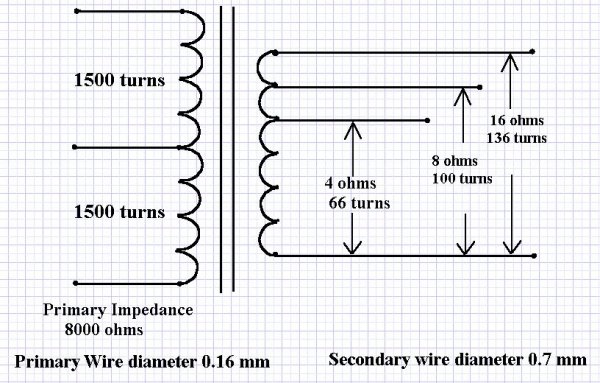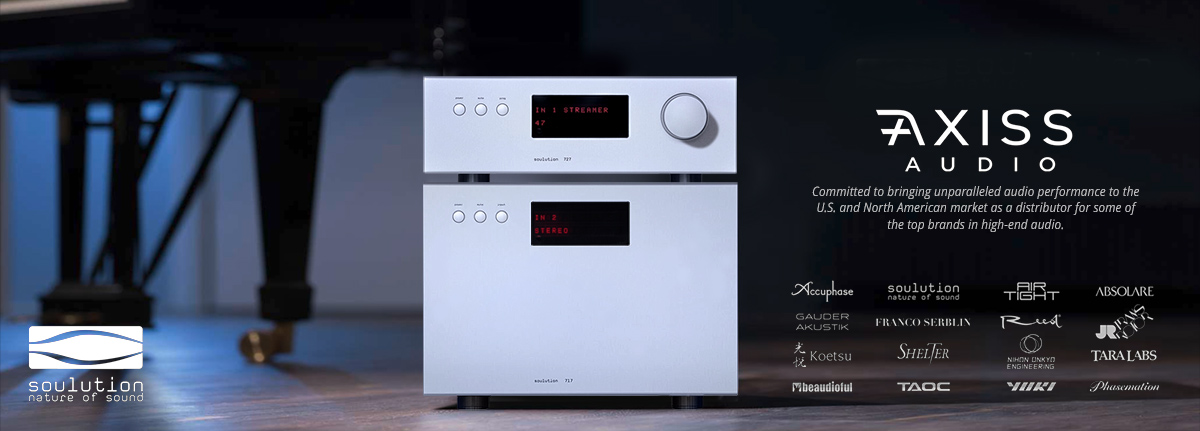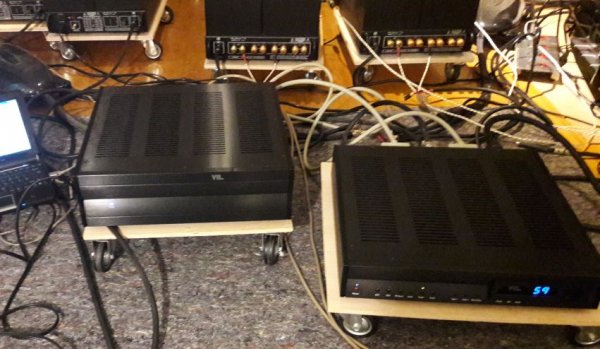Sorry, you are incorrect. 4 ohm tap achieves a lower impedance by having more turns, which gives a larger step down between primary and secondary. You get a larger ratio with more turns, hence a lower impedance. Thus it is labeled 4 ohm tap. More turns=more wire.
Again no , the number of primary turns is fixed and voltage on secondary is proportional to inverse of the ratio turns between primary divided by secondary (step ratio ) . Np / Ns = Vp/Vs ; Vs = Vp x (ns /np) .In other words , for same power , lower impedance means means lower voltage , then less turns. Higher step ratio means less turns on the secondary.
See this generic winding scheme of an output transformer (the secondary is independent of being SE or push/pull:


















